Leading with Purpose: Between Reason and Heart, a Journey to Authentic and Conscious Leadership
As part of this journey of self-awareness and developing my leadership philosophy, I engaged in four highly respected assessments that allowed me to explore different dimensions of my personality and leadership style. The True Colors model revealed a dominant combination of Green and Blue, highlighting my ability to think strategically, deep curiosity and love for learning, and strong empathy in relationships. This blend reflects how I balance logic with emotional intelligence in personal and professional settings. The DISC assessment showed Influence as my dominant trait, describing me as someone who communicates effectively, motivates others enthusiastically, and fosters positive team dynamics. This influence comes to life as I build trusting relationships and create environments where people feel valued and inspired. The Enneagram identified me as a Type 1—the Perfectionist, driven by purpose, ethics, and the desire to do things excellently. While these values ground my leadership, I also recognized a tendency toward self-criticism and emotional restraint—traits I am learning to navigate with more compassion and flexibility.
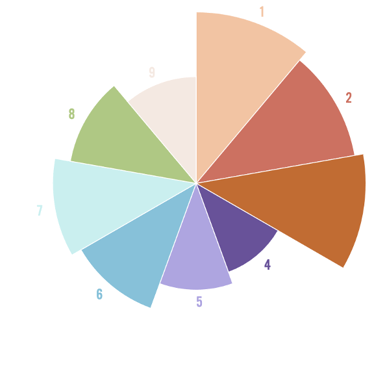

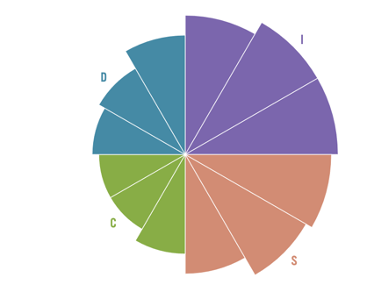

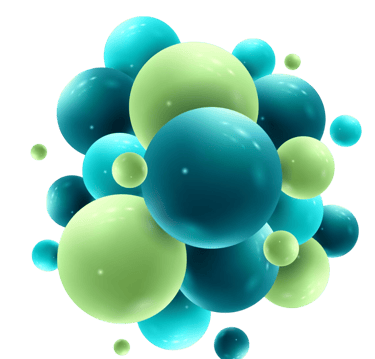

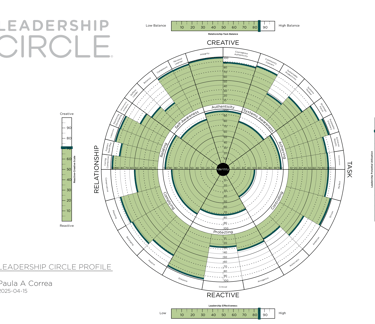

Enneagram
No. 1: The Perfectionist
True Colors
Combination green-blue
DISC
Influence
Leadership Circle Profile Transformational and human
DISC
Influence
Finally, the Leadership Circle Profile (LCP) was the most transformative. It confirmed that I lead from a transformational and human-centered style rooted in creative competencies such as authenticity, vision, mentoring, and collaboration. My results placed me in the 85th percentile for overall leadership effectiveness, a reflection that filled me with humility and renewed purpose. At the same time, the LCP helped me identify reactive patterns—like perfectionism and emotional distancing that, when acknowledged, can become powerful opportunities for growth, balance, and deeper connection with those I serve.
While all the assessments offered valuable insights, the one that had the greatest impact was the Leadership Circle Profile. This tool helped me see myself as someone who leads with purpose and guided me to recognize reactive patterns that surface under pressure. It confirmed strengths like integrity, vision, and collaboration and reminded me of the importance of cultivating self-compassion and balance. I realized that leading, especially in education, is an ongoing process of transformation and self-awareness.
One of my greatest strengths is connecting with others authentically and empathetically, creating environments where people feel heard, valued, and motivated. I enjoy supporting processes through collaboration and respect, fostering trust-building relationships. I also stand out for my strategic vision, which helps me make purposeful decisions and focus on collective goals. This is grounded in a strong ethical sense and a deep commitment to personal and team growth. My leadership is built on the balance between logic and empathy—between doing and caring.
At the same time, one of the most meaningful lessons from this process has been recognizing areas where I still need to grow. As someone who tends to be highly self-demanding, I often try to do everything well, and in doing so, I sometimes take on too much, suppress my emotions, and overlook my well-being. I've realized that I can become so focused on logic and responsibility that I disconnect from my emotions, and that my deep desire to care for others can lead me to forget to set healthy boundaries. These are not failures—they are areas for improvement that invite me to lead with greater balance and self-awareness. I now understand that leadership is not about perfection but about authenticity and humanity. Growing as a leader means allowing myself to rest, trust others, and care for myself with the same compassion I offer to those around me.
One of the most surprising moments in this process was realizing the leadership level I already embody. I’ve always tried to act with integrity, care for others, and give my best, but I hadn’t fully recognized how that already shows up in my leadership. Seeing myself in the 85th percentile for leadership effectiveness on the Leadership Circle Profile filled me with surprise, gratitude, and humility. High scores in competencies like authenticity, mentoring, vision, and collaboration helped me recognize that I am already leading with real impact, even with my doubts and perfectionism.
The results didn’t just align with my self-perception; they expanded it. I saw myself reflected in my commitment, empathy, and purpose-driven mindset, but I also discovered parts of me I hadn’t been able to name. They reaffirmed the balance I strive for between strategy and sensitivity, my ability to connect and motivate, and that demanding side of me that seeks to do things right but sometimes forgets tenderness. This experience invited me to see myself with more love, awareness, and intention and to allow myself space to rest and let go.






Rather than simply offering answers, this process gave me direction. It will help me make more conscious decisions, regulate my emotions, and strengthen personal and professional relationships. It reminded me of the importance of pausing, asking myself whether I’m acting under pressure or purpose. I want to create more empathetic and safe spaces, establish healthy boundaries, and lead from a more balanced place. I’ve learned that growing doesn’t mean demanding more of myself, but treating myself with greater kindness. This clarity will allow me to lead more calmly and make my leadership more intentional, grounded, and sustainable.
My personality traits are present in every decision and relationship I build. I naturally prioritize people’s well-being, build trust, and work collaboratively. I like to think things through before acting, but I also deeply value emotional connection. This blend helps me make clear, thoughtful decisions that don’t lose sight of human impact. I’ve also learned that my strong sense of responsibility can sometimes lead to doubt or self-pressure, but when I lead from my most authentic self, my decisions are more aligned and sustainable. That’s why, from now on, I’ll pause and ask myself, “Am I deciding from pressure or purpose?” That moment of reflection will guide me toward more intentional and compassionate action.

I don’t see myself as a different person at work than home, but I notice that certain traits differ depending on the setting. My structured, strategic, and goal-oriented side is more visible professionally. I focus on planning, purposeful decision-making, and guiding others with clarity and commitment. I am more emotional, relaxed, and spontaneous at home. I listen inwardly, let go of control, and permit myself to be. Still, one thread remains unchanged in both spaces: my deep commitment to people and my desire to act with meaning. I’m learning to integrate both versions of myself, being more flexible at work when needed and more organized at home when it helps. This integration brings me closer to living and leading with authenticity and coherence.
This journey has been more than a process of looking inward; it was a reconnection with myself. It helped me recognize my light, embrace my shadows, and understand that leadership is not about having all the answers but walking with awareness, leading with an open heart, and staying willing to keep learning. Today, I choose to lead not from the pressure of perfection but from the desire to be present, human, and real. Growing as a leader is not only a professional act, it’s a profound expression of self-love and of the commitment I hold to the world I want to help transform.,

Leadership Style Analysis: Transformational and Human-Centered
This space for reflection has allowed me to deeply connect with who I am as a leader, how I currently act in my role, and where I want to grow. Through the Leadership Circle Profile, I have explored my strengths and the areas where I am still learning to lead with greater awareness, humanity, and balance.
According to the Leadership Circle Profile, my leadership style is transformational and human-centered, grounded in creative competencies such as authenticity, vision, collaboration, mentoring, and integrity. This style aligns completely with my role as an educational advisor and change facilitator and my aspiration to lead innovative projects in educational technology. It allows me to inspire, support, and build learning communities centered on the human experience. I have found it particularly effective when implementing new methodologies, supporting educators, collaborating with multidisciplinary teams, and designing student-centered proposals that foster trust, motivation, and a shared sense of purpose.


Team Dinamics
Leadership is not only about individual strengths but about how those strengths impact and intertwine with others. This section helped me reflect on how I influence the dynamics of the teams I work with and how I can continue growing to sustain collaborative and inclusive environments.

My leadership style creates emotional well-being and motivation within teams, as I strive to lead with openness, recognition, and genuine care for people. Cultivating an atmosphere of trust, where every voice matters, has contributed to many feeling inspired and committed.
However, I also recognize that some of my tendencies can present challenges. At times, to avoid conflict or maintain harmony, I may overextend myself, say yes to everything, or lack clarity in setting boundaries. This can lead to silent tensions or delays in decision-making. I am learning that caring also means knowing when to say “no,” setting respectful boundaries, and having honest conversations when needed.


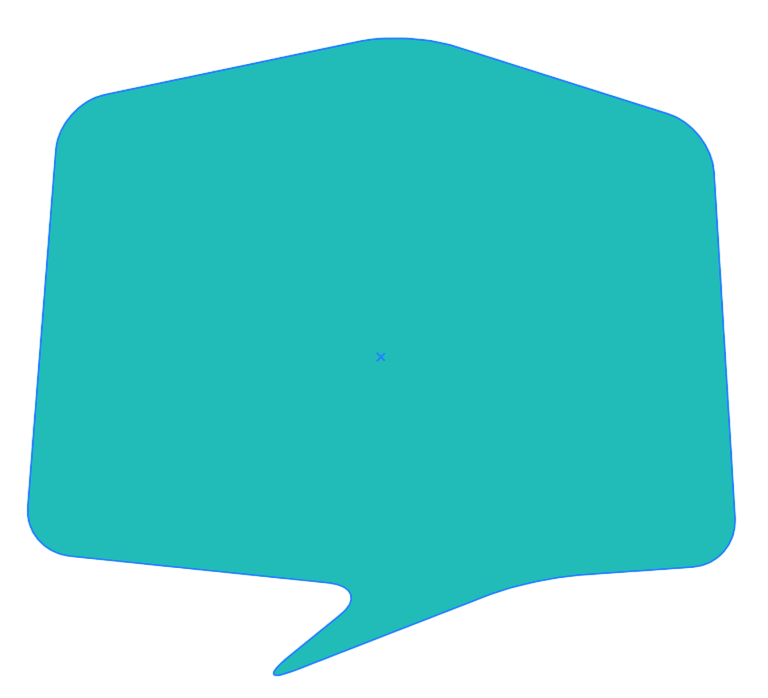

To better support diversity within teams, I can strengthen intercultural listening, recognize different communication and work styles, and tailor my support based on each person’s strengths and needs. I can also adjust the level of structure, autonomy, and emotional support according to context—while remaining focused on shared values and goals.
Decision-Making
Leadership also means making decisions with purpose, responsibility, and balance. This section allows me to observe how my personal traits influence the decision-making process and how I can adjust when necessary.

I tend to make decisions collaboratively, reflectively, and with awareness of their emotional impact. I listen to diverse perspectives, seek consensus, and value building from shared values. This strengthens commitment but can sometimes slow down processes that require speed.
In high-pressure or urgent situations, I recognize the need to activate a more direct and assertive leadership style. I am learning to trust my intuition, act decisively when needed, and later create space for reflection. Knowing when to pause and when to move forward has been a crucial part of my recent growth.
Personality and Leadership Style – Alignment
Self-awareness has allowed me to align my personality with my leadership style. Here I reflect on how my personal traits support or challenge my leadership and how I can leverage them for growth.
According to the True Colors model, my Blue-Green combination balances emotional and analytical strengths: I lead with empathy, interpersonal sensitivity, and a desire for harmony (Blue), while also applying strategic thinking, logic, and a constant pursuit of knowledge (Green). This combination enhances my transformational and human-centered leadership, empowering me to build meaningful relationships while maintaining a clear focus on purpose and continuous improvement.
From the DISC perspective, my dominant tendencies of Influence (I) and Support (S) align perfectly with my role as a learning facilitator. I enjoy open communication, motivating others, building relationships, and fostering collaboration—all of which strengthen team morale and cohesion. These traits reinforce my ability to guide change processes with sensitivity and positive energy.
Additionally, the Enneagram Type 1 adds an ethical and high-standard dimension to my leadership. My commitment to integrity, continuous improvement, and excellence enables me to lead with clarity, consistency, and purpose. Still, I acknowledge that these same traits may sometimes create tension, particularly when perfectionism leads to self-imposed pressure or when a desire for harmony prevents me from engaging in necessary conflict.
However, these challenges have also helped me grow. I’m learning to set kind yet firm boundaries, trust the process without needing full control, and remember that leading with authenticity doesn’t mean being perfect—it means being human, present, and aligned. My emotional, analytical, and ethical qualities not only enrich my leadership but also provide powerful tools to adapt, inspire, and guide others with purpose.


Adaptability and Future Growth
Leadership is not static—it requires movement, adaptation, and evolution. In this final section, I reflect honestly and intentionally on how I can adjust my leadership to consciously respond to present challenges and future demands.
One of my main challenges is learning to be comfortable with discomfort: not avoiding conflict when needed, setting firm boundaries, accepting imperfection while still aiming for excellence, and acting decisively without overconsulting. I also want to continue working on emotional balance—caring for myself while caring for others, and allowing myself to fail without losing faith in my purpose.
To continue growing, I must strengthen my adaptability while remaining true to who I am. This means recognizing that I don’t always need all the answers, but rather create the conditions for others to lead, shine, and contribute. Sometimes that will mean leading with clarity and determination; other times, pausing to listen more deeply; and in certain moments, daring to speak the uncomfortable truth without fearing a loss of harmony.
One of my main challenges is learning to be comfortable with discomfort: not avoiding conflict when needed, setting firm boundaries, accepting imperfection while still aiming for excellence, and acting decisively without overconsulting. I also want to continue working on emotional balance—caring for myself while caring for others, and allowing myself to fail without losing faith in my purpose.



References
DISC Personality Testing. (n.d.). What is the DISC personality test? Truity. https://www.truity.com/test/disc-personality-test
True Colors International. (2020, April 17). What are the Four Common Personality Types? https://www.truecolorsintl.com/tciblog/what-are-the-four-common-personality-types
Truity. (n.d.). Enneagram Personality Test Results. https://www.truity.com/test/enneagram-personality-test
Leadership Circle. (n.d.). Leadership Circle Profile Self-Assessment Guide. https://leadershipcircle.com/leadership-development-plan/
Owens, M. (n.d.). Enneagram Type One – The Perfectionist. Truity. https://www.truity.com/enneagram/personality-type-1
